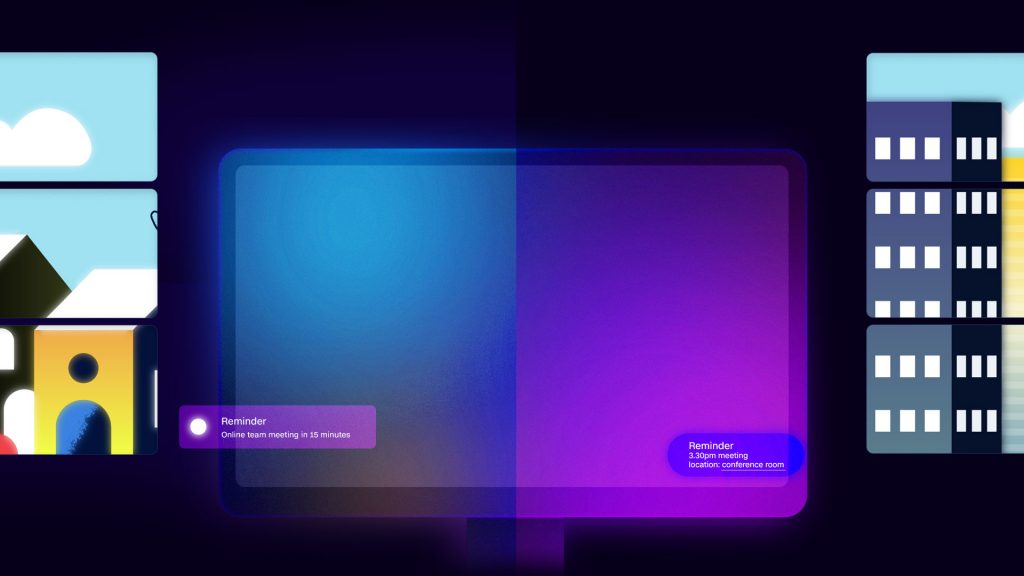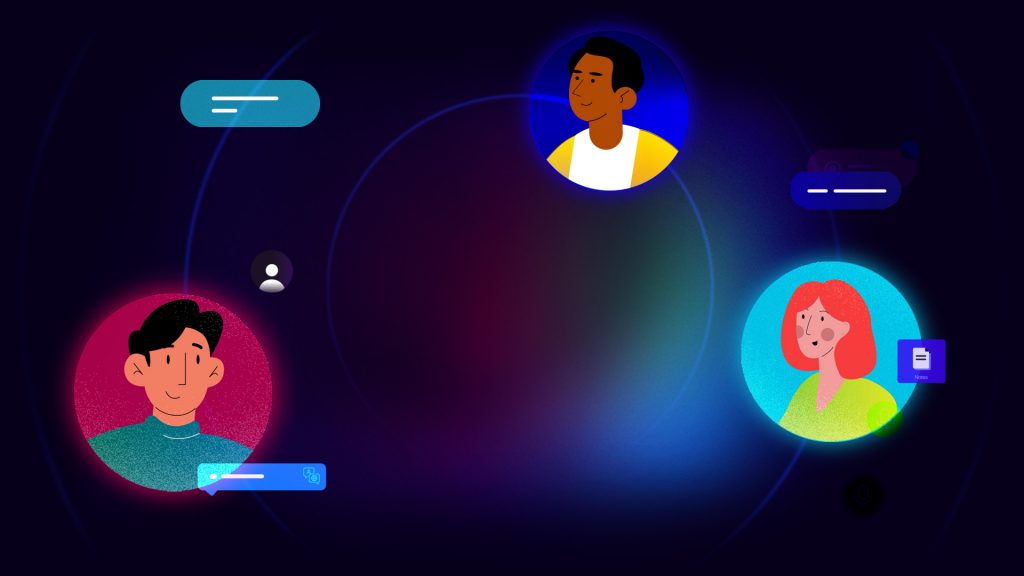
The new era of customer experience
How businesses are adapting to a hybrid world
As our physical and digital worlds become increasingly intertwined, businesses are working to meet consumers wherever they are, with a reimagined customer experience they trust and enjoy.

The rise of customer expectations
The past few years have seen a dramatic shift in the company-customer relationship. Pre-pandemic, customers typically knew what brands to go to, for what purpose, and to what result. Amid Covid-19, however, many people were forced into a remote and highly digital existence – one where these familiarities were placed alongside a multitude of lesser-known but more-equipped options.
Suddenly, the companies that adapted their customer interactions in line with this digital culture were the ones that found success. It wasn’t necessarily a case of building loyalty, but of offering convenience. In other words, it was about providing their customers with the seamless experiences they had come to expect.
In an episode for The Remarkable Project, Roger Dooley, author and speaker on Neuromarketing, drills down into this concept through ‘The Science of Improving Customer Experience.’ He suggests that “the customer experience should be intuitive; people shouldn’t have to think about the next step.” As a result, businesses should “look for the places where [they] can remove unnecessary effort.”
Cutting corners isn’t an option. According to a report by Cisco, almost two-thirds of consumers would abandon a company if they had a negative experience. This means that as people continue to raise their expectations, businesses need to do everything they can to meet, or even surpass, them.
Almost 66% of consumers would abandon a company if they had a negative experience.
Webex by Cisco

Communication without boundaries
There is a lot to be said for how technology can support the evolution of the customer experience. It puts the onus on a business to focus less on where a service is provided and more on how it is provided. And, as society accelerates toward the future of hybrid work – where location is no longer a determinable factor – this reanalysis has never been more important.
At the fore of this conversation is Webex by Cisco. As Johan Van Puymbrouck, Director of Collaboration TechOps at Cisco explains, it is because of “this hybrid work motion that successful companies are realizing their customers want to connect with them how, when, and where they want. It could be mobile, behind a desktop, with a live agent, virtual assistant, or in the store itself.”
With the growing possibilities of communication, businesses need to ensure the entire customer journey is optimized for all available channels – from the acquisition process to the contact center.
A Communications Platform as a Service (CPaaS) model provides an ideal solution. It gives developers the ability to embed video, voice, messaging, and other communications features into new and existing applications. This flexibility allows businesses to accelerate digital transformation while building a customer journey that caters to a customer’s preferred mode of communication.
Companies are realizing their customers want to connect with them how, when, and where they want.
Johan Van Puymbrouck, Director of Collaboration TechOps at Cisco

A platform approach to digitalization
For any business looking to digitalize the customer experience, Van Puymbrouck says it is a “wheel of quality assurance”. It is about listening to the pain points, designing a solution around them, measuring the impact of implementation, and using these customer insights to optimize results.
“By offering [this wheel] as a platform instead of isolated applications, Webex can help business leaders create a single data plane that follows the customer acquisition process from A-Z. They can see where customers linger, where they drop off, and where they are most engaged. This doesn’t mean they have to embrace digitalization all the way; they can take advantage of low entry points, like CPaaS.”
Through its acquisition of imimobile and its enterprise platform, Webex was able to use CPaaS technology to support Cambridge Hospitals NHS Trust in the optimization of its appointment management system. To improve patient engagement and reduce the number of missed appointments, the team created a conversational reminder text that enabled patients to confirm, cancel, or rebook their appointments, without having to call the hospital. If the SMS was not delivered, the platform automatically sent an IVM (Interactive Voice Message) at an optimum time.
Thanks to CPaaS, Cambridge Hospitals NHS Trust saw a 27% decrease in missed appointments and achieved one of the lowest DNA (Did Not Attend) rates in the UK.

Human-Machine collaboration
The success of a modern-day customer experience often rests in a business’ ability to balance automation and human touch. Customers may value the intuitive nature of technology, but 75% still want to interact with a real person when needed. And, thanks to Artificial Intelligence (AI), they can have the best of both worlds.
For Van Puymbrouck, the potential of AI can only be realized if it is placed alongside human processes and not against them. “We’re not here to replace, we’re here to augment the agent through security by design and privacy by default,” he explains. This stresses the point that, while there is a huge opportunity for businesses to innovate the customer experience, data protection and transparency should remain at the heart of it.
By utilizing this technology in the right way, businesses can give their customers the freedom to navigate their own journeys – whether they choose to self-serve through a smart chatbot or live agent. They can also give their employees the tools they need to provide a frictionless and personalized experience. This may include automatic notetaking, real-time translations, or full visibility of customers’ interaction history.
75% of global customers still want to interact with a real person when needed.
Experience is Everything, a report by PwC
A well-equipped team is the linchpin of an effective customer experience, admits Dooley. “Without partnering with your people and figuring out how to make their jobs easier, you’re not going to succeed. Empathy and trust are your superheroes.”
Read more



